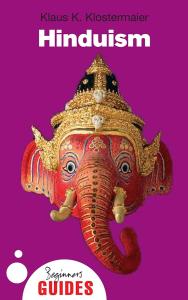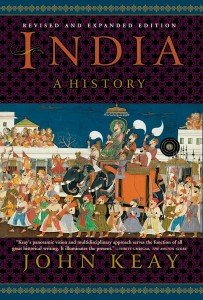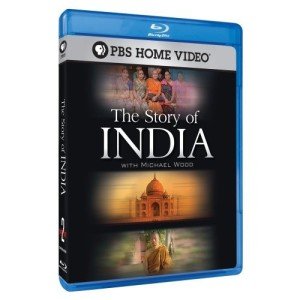Review
Dolf Hartsuiker's Sadhus: Holy Men of India, published by Inner Traditions in 2014, is a visually stunning and richly informative exploration of India's diverse and often enigmatic sadhu population. This isn't just a coffee-table book; it's a serious attempt to delve into the multifaceted lives, practices, and philosophies of these holy men, striking a balance between respectful observation and a critical awareness of the complexities surrounding their existence. The book's strength lies in its breathtaking photography, meticulously curated to showcase the extraordinary diversity within the sadhu community, alongside a well-researched and accessible text that avoids simplistic generalizations.
Hartsuiker's approach is refreshingly nuanced. He eschews romanticized portrayals of sadhus as ethereal beings entirely detached from the material world. Instead, he acknowledges the spectrum of practices, beliefs, and social interactions within the sadhu community. We encounter ascetics who have dedicated their lives to rigorous spiritual disciplines, living in austere conditions and renouncing worldly possessions, alongside others who engage more readily with society, often relying on the generosity of others while retaining their spiritual commitments. This recognition of internal diversity is crucial, as it challenges stereotypical representations frequently found in popular media.
The photography is, without a doubt, the book's most captivating feature. Hartsuiker's lens captures the sadhus in their natural environments, revealing the stark beauty of their surroundings as well as the intricate details of their attire, ornamentation, and bodily modifications. The images are not merely aesthetically pleasing; they serve as powerful visual aids that enhance the reader's understanding of various sadhu orders and their distinctive traditions. The photographs of intricate body paint, elaborate hairstyles, and the symbolic objects carried by the sadhus are particularly striking, contributing to a profound sense of visual storytelling.
The accompanying text is equally impressive. Hartsuiker avoids overly technical or academic language, making the book accessible to a broad readership. He carefully explains the historical context of sadhus within Indian society, tracing their roots back to ancient traditions and highlighting their significant roles in various religious and social movements. The explanations of different sadhu orders, their varying ascetic practices, and their unique relationships with deities and sacred sites are clear and informative. He successfully navigates the complex web of Hindu traditions and practices, providing insightful explanations without overwhelming the reader with excessive detail.
However, the book is not without its limitations. While Hartsuiker strives for objectivity, specific subjective interpretations inevitably creep in. The focus remains mainly on the visual and anecdotal, potentially leaving readers wanting a deeper engagement with the philosophical nuances of different sadhu traditions. The book could benefit from a more detailed examination of the social and political dimensions of sadhu life, including the challenges they face in contemporary India, such as marginalization, exploitation, and the complexities of their relationship with mainstream society.
Despite these minor shortcomings, Sadhus: Holy Men of India remains an exceptional contribution to the literature on Indian spirituality and religious life. It's a visually captivating and intellectually stimulating exploration of a fascinating and often misunderstood segment of Indian society. The book successfully bridges the gap between academic rigor and accessible storytelling, making it a valuable resource for both casual readers interested in Indian culture and scholars seeking visually rich research material. It's a book to be savored, both for its stunning visuals and the insightful narratives they accompany, leaving the reader with a profound appreciation for the rich tapestry of faith and devotion embodied by the sadhus of India.






